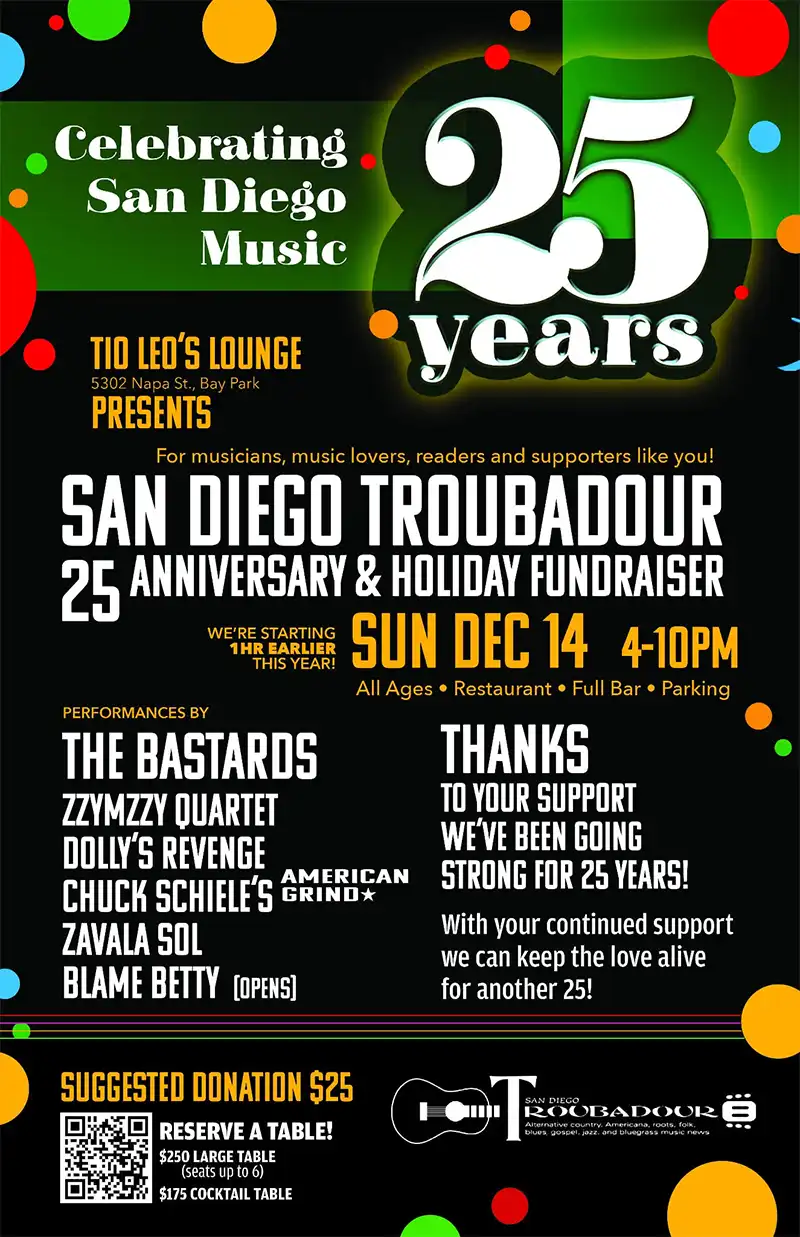Recordially, Lou Curtiss
Those Old Records
Remarkable sides pressed in the first 50 years or so of the recording industry, pressed back in the years when traditional music had not yet been impaired by the overwhelming influence of the mass media. Many of the finest country musicians both black and white had their best pieces preserved for all time on these priceless discs. Some of the records survive today on only one known copy and their are still others that have not yet been found and may never be, since the initial pressings were only a few hundred and the ravages of time and the devastating old wind-up phonographs (which gouge out the grooves) led to the demise of the majority of them. It’s always freaked me out to consider that out of a whole nation of people not one person realized the significance of these recordings when they were being issued and so took steps to ensure that at least one new copy of each recording would be preserved for the future. This is an indication particularly of the pathetic lack of understanding and appreciation the academic community, to which such benevolent tasks usually fall, had of this music, which only in the past couple of decades is beginning to be recognized as an important national heritage
Our traditional music, as well as that of many other cultures, constitute history’s single most imposing expression of the human psyche. In it are all the joyous vitality, provocative emotion, and unyielding strength that life, when most deeply felt, reflects. No other art form maintains these qualities in as consistently high degrees nor relates them with the profound immediacy of the unparalleled performances on these old recordings.
It used to be that up to and including the 78 rpm era, that the music of thousands of isolated enclaves had their music shaped predominately by the one or two masters each generation produced in a sparsely populated locale, giving these areas their own specific style. In the period between the late 1800s and the early 1920s little or no traditional music was recorded. The prevailing thought must have been how can large numbers of such items be sold to a market that was predominately middle class and urban? So right there a whole generation of historically and aesthetically important rural musicians got passed over. Then in the early ’20s after releasing a few rural items as “novelty” pieces, the industry discovered that their largest sales were to the same type of people who were performing on the selections: fiddle tunes and country traditional styles to white rural southerners, and blues to black rural Southerners. This brilliant observation led to intensified recording of rural performers all across the South and even in rural areas in other parts of the country (Cajuns in Louisiana, Irish just about everywhere, cowboys naturally out West). Record companies started to create whole separate series numbers and catalogs. By 1934 when the last few really solidly traditional white selections were cut, thousands and thousands of irreplaceable performances had been recorded. All of this was done because a few chance novelties in the early ’20s came at the right time. If it had been ten years later, it would have been too late..
Add to this picture of seeming benign providence was the propitious inception in 1926 of the electrical recording process, which assured that a lot more of the sides recorded would be preserved in decent fidelity. It also meant that turntables could be manufactured that got the best sound out of these “electrical” recordings. Playing them with tone arms and needles that didn’t “gouge out the grooves.” Most rare 78s that survive today — survive because some collector took care of them, kept them away from wind-up machines with heavy tone arms and steel needles. Wind-up machines, even the ones with beautiful horns and lots of delicate decorations still “eat records for breakfast.” Every play and you can watch an E+ record over the years become an E- or V+. Stick your pretty wind-up machine up on a shelf and admire it now and then and play your 78s with a modern electrical turntable. I go on YouTube everyday and I watch while people play quality 78s on these crappy wind up machines. It’s infuriating. Even those folks who are in the 78 rpm biz for the bucks realize that an E+ copy of a Charlie Patton on Paramount is going to bring just a bit more on Ebay than a V- copy. So why take a golden treasure and turn it into scrap metal?
Recordially,
Lou Curtiss
Note: If you have any questions about old 78s (rarity, grading, etc.) you can e-mail me at lou_curtiss@cox.net






